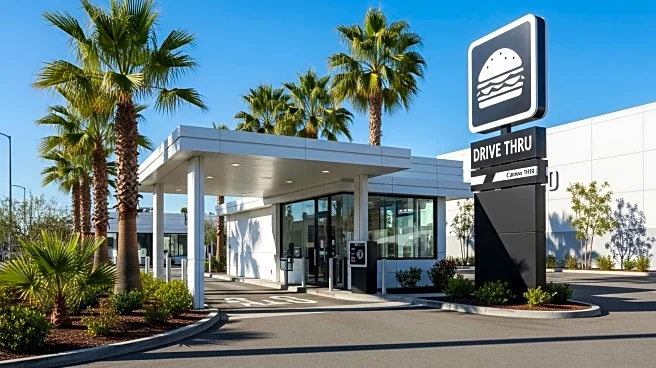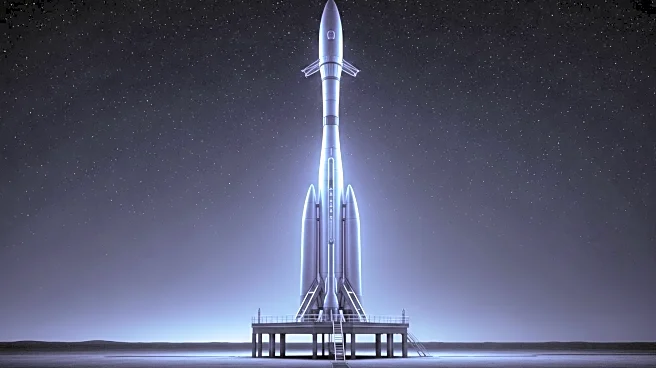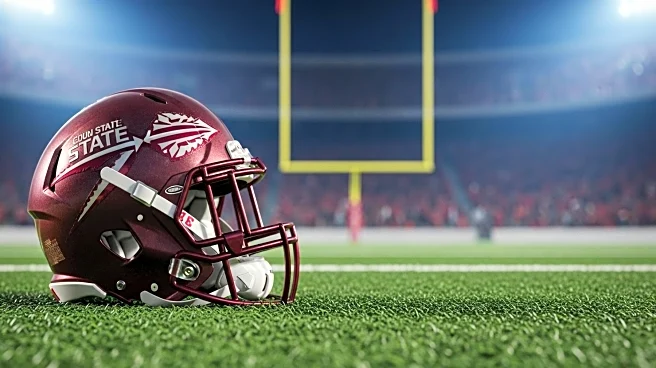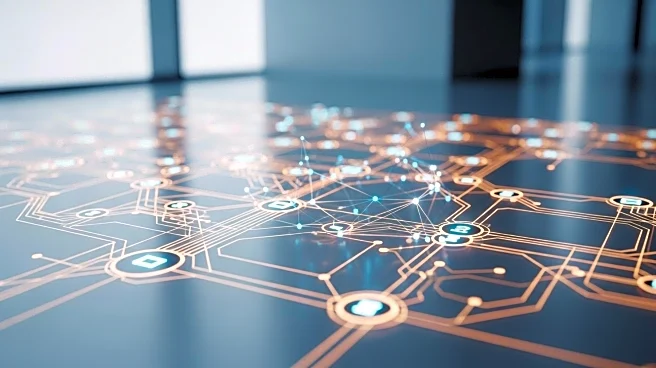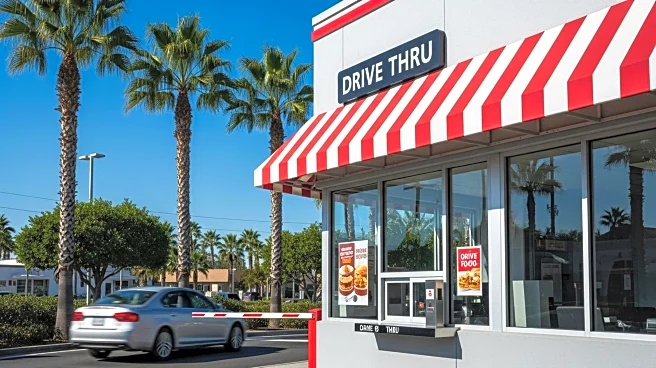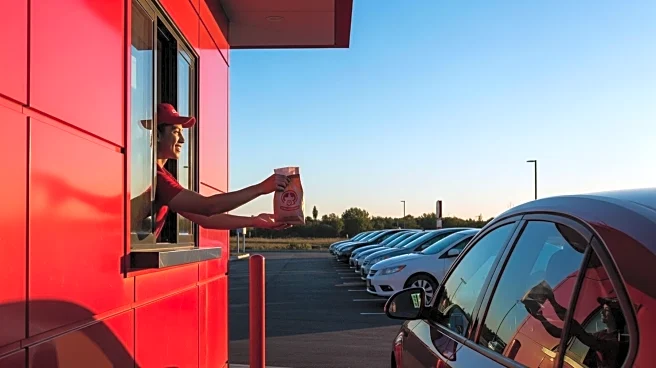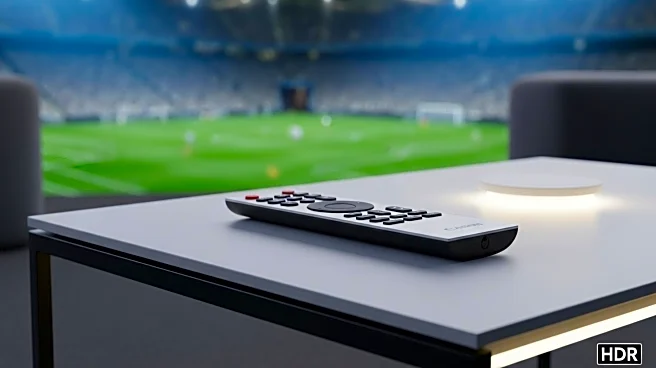What is the story about?
What's Happening?
Jimmy John's has launched its first drive-thru-only restaurant in Bartow, Florida, marking a significant shift in its operational strategy. The new location features two drive-thru lanes, one dedicated to mobile order pickups and the other serving traditional drive-thru customers. This design aims to optimize space and reduce wait times, aligning with the broader industry trend towards increased drive-thru services. The restaurant also offers contactless order pickups via lockers, enhancing convenience for customers. This move comes as fast-food chains have increasingly relied on drive-thrus during the coronavirus pandemic, with some reporting that drive-thru sales account for up to 90% of their total sales.
Why It's Important?
The introduction of a drive-thru-only model by Jimmy John's reflects a broader shift in the fast-food industry towards more efficient and contactless service options. As consumer preferences evolve, particularly in the wake of the pandemic, drive-thrus have become crucial for maintaining sales and customer satisfaction. This trend is not unique to Jimmy John's; other major chains like McDonald's and Taco Bell have also expanded their drive-thru capabilities. The focus on digital and mobile order optimization is likely to benefit Jimmy John's by attracting tech-savvy customers and streamlining operations. This strategic move could potentially increase market share and set a precedent for other chains to follow.
What's Next?
As Jimmy John's tests this new drive-thru-only model, the company may consider expanding it to other locations if successful. The parent company, Inspire Brands, which also owns Arby's, Dunkin', and Sonic, could leverage its experience to further innovate and refine drive-thru operations across its portfolio. Additionally, the fast-food industry may see increased competition as chains continue to experiment with drive-thru designs, such as Taco Bell's upcoming four-lane drive-thru concept. The success of these initiatives could lead to a permanent shift in how fast-food restaurants operate, with a greater emphasis on speed, efficiency, and contactless service.
Beyond the Headlines
The drive-thru-only model raises questions about the future of traditional dining experiences in fast-food restaurants. As chains prioritize efficiency and convenience, the cultural and social aspects of dining out may diminish. This shift could also impact employment patterns, as fewer staff may be needed for dine-in services. Furthermore, the environmental implications of increased drive-thru traffic, such as higher emissions from idling vehicles, may prompt discussions on sustainable practices within the industry.
AI Generated Content
Do you find this article useful?
